The Plain-capped Starthroat is new to me, thus a lifer or first time seen bird.
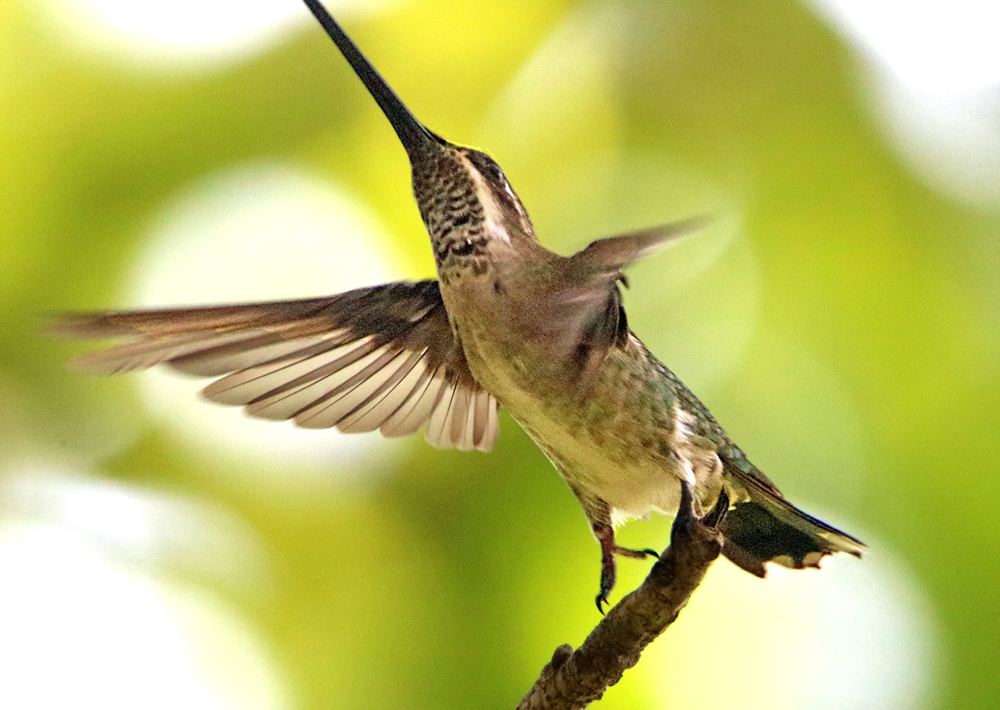
The Plain-capped Starthroat is new to me, thus a lifer or first time seen bird.

The most commonly seen dove or pigeon in my garden in Atenas is also one of those seen & liked on my first trip to Costa Rica in 2009. That photo is included below along with today’s photo. It was the first bird I ever photographed in Costa Rica, right after taking a taxi to Hotel Aeropuerto near SJO Airport in Alajuela. As the sun was setting in the hotel garden, I went out just before dinner and this was the first bird I found! 🙂 Our birding tour group had dinner together and the next morning we flew to Puerto Jimenez where I photographed that Tropical Kingbird I shared a couple of days ago. Good memories! 🙂 See more and better photos in my GALLERY: White-winged Dove, Zenaida asiatica.
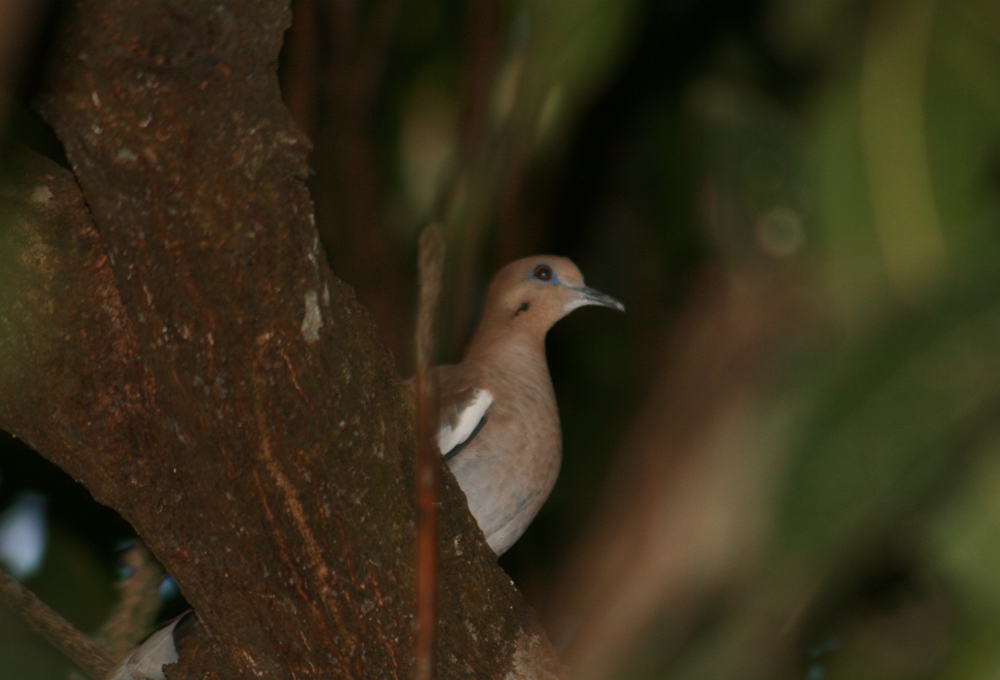
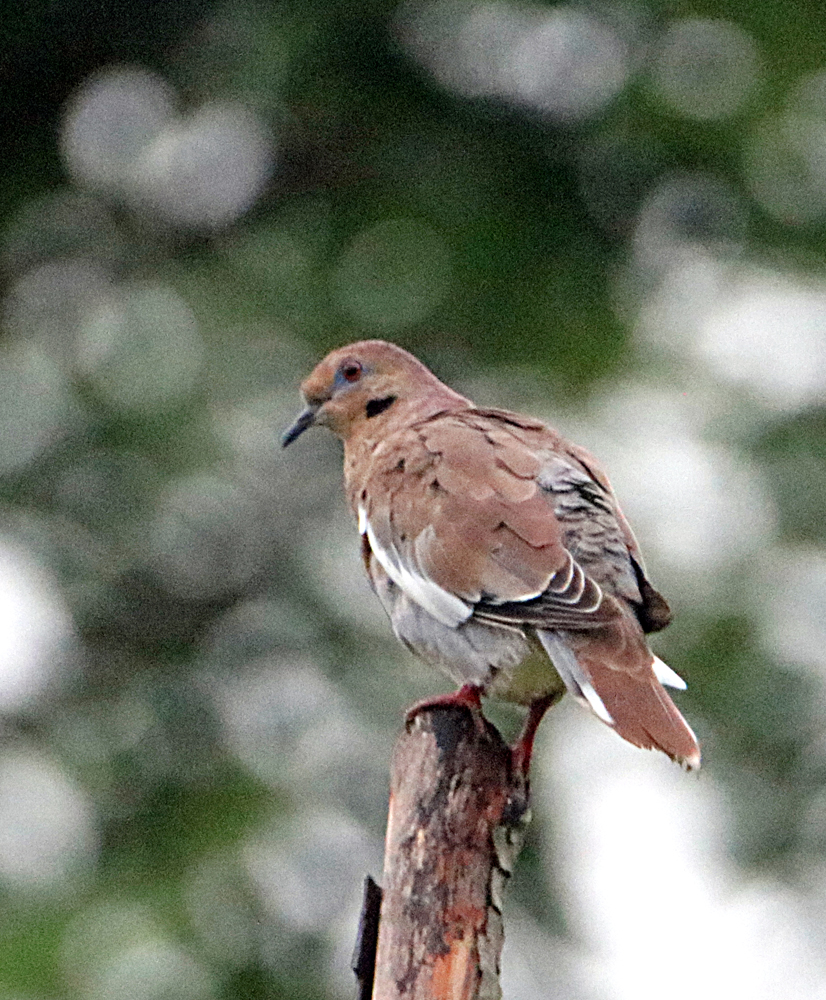
¡Pura Vida!
. . . is one of the many birds I loved discovering on that first trip to Costa Rica in 2009 and still smile every time I see one! This one sort of looks like a little guard watching over my garden! 🙂 See more of my photos of this charming CR bird in my GALLERY: Tropical Kingbird, Tyrannus melancholicus. Including that first one at Lookout Inn, Carate, Corcovado National Park and another one on that same trip in Puerto Jimenez. 🙂
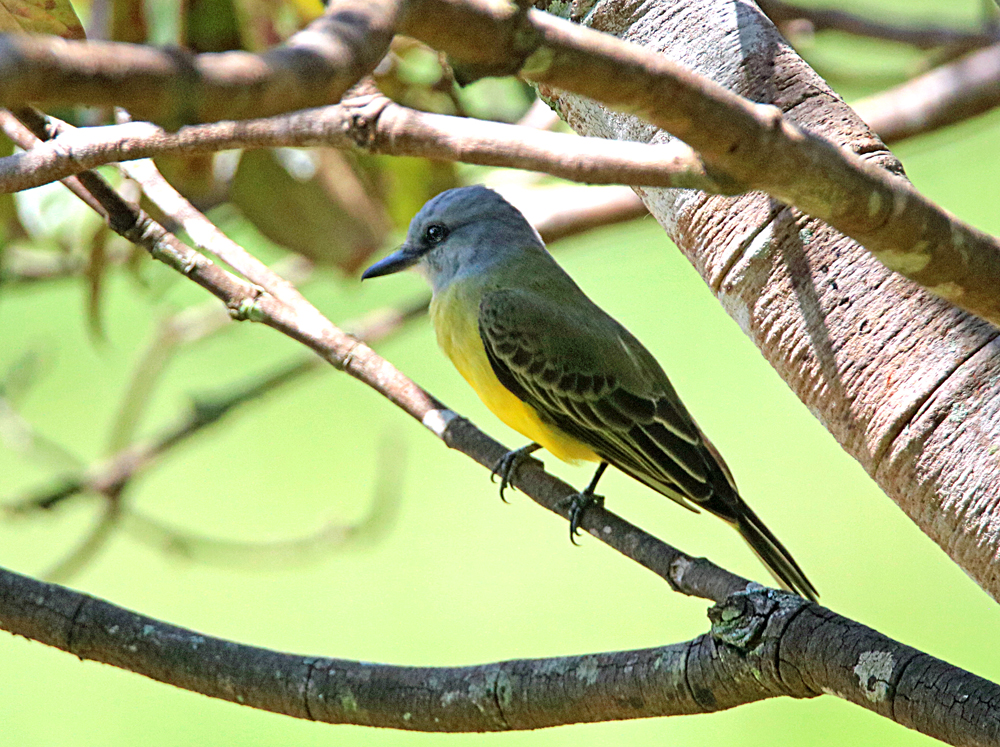
¡Pura Vida!
Continue reading “Tropical Kingbird . . .”. . . is the Rufous-backed Wren, Campylorhynchus capistratus (my gallery link) with youngsters recently born and all chattering around everywhere it seems. Their chattering makes me think that they are miniature Chachalacas! 🙂 Two shots, one from above & one from below . . .
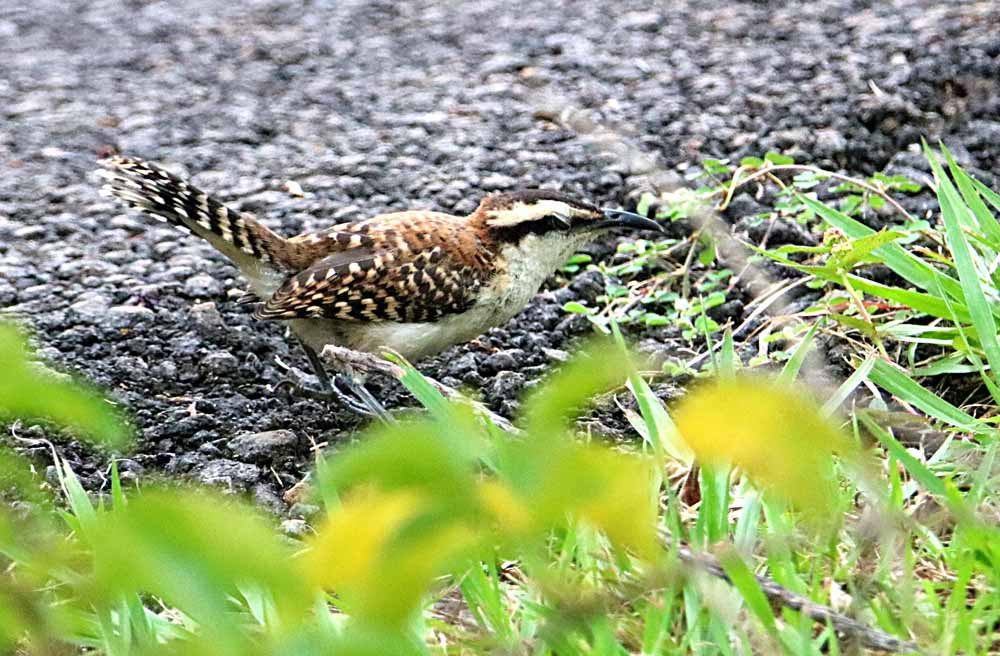
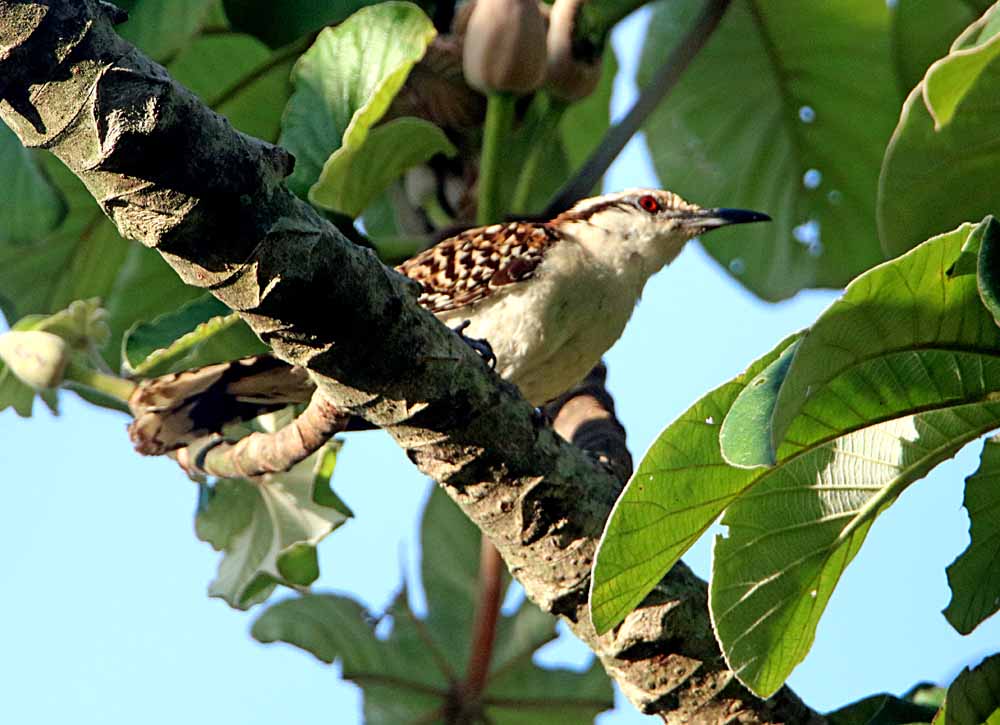
¡Pura Vida!
Continue reading “Most Common Bird This Week . . .”If you look close, you can see the grooves in his bill. And yes, there is a “Smooth-billed Ani” found only in the South Pacific of Costa Rica, while this one can be seen in the northern 2/3 of the country. They are semi-regular in my neighborhood and you can see my other photos of this bird in my GALLERY: Groove-billed Ani, Crotophaga sulcirostris from several locations in Costa Rica. Here’s 3 shots from my garden 2 days ago . . .
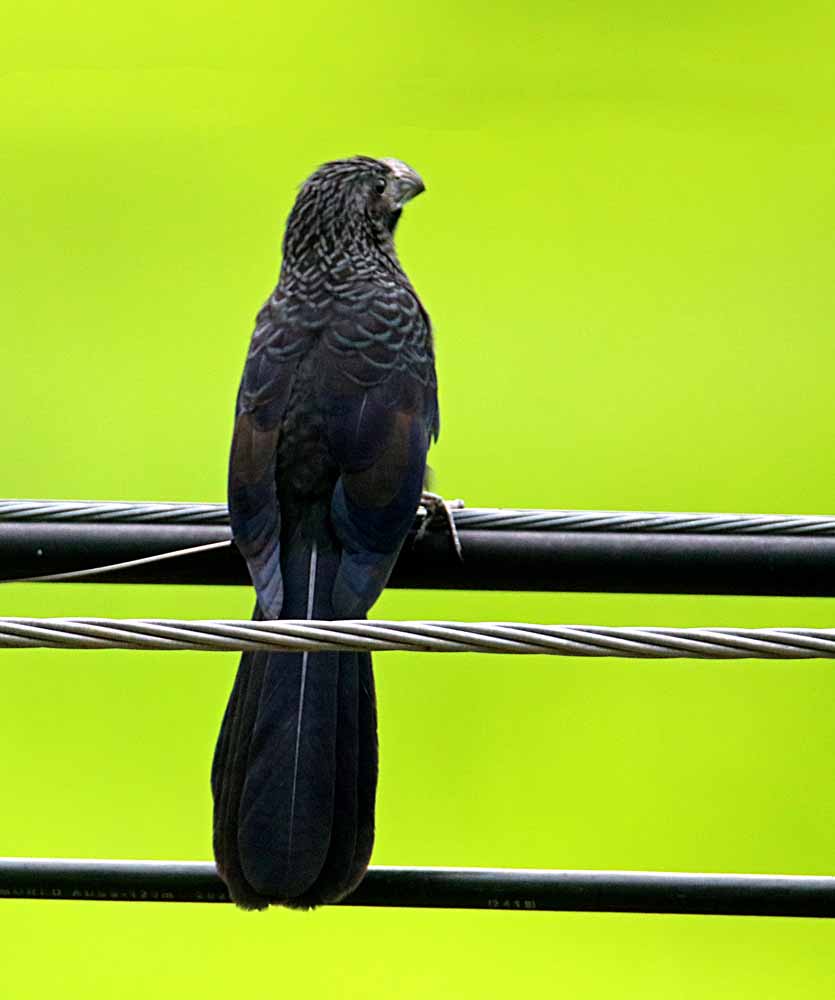
This is one of the lesser seen species of the 6 Motmot species in Costa Rica, found here only on the northwest coast, north of Manuel Antonio. I have photographed most in my neighborhood with two in Puntarenas Province at Jaco & Tambor Bay, plus one in Guanacaste at Hacienda Guachipelin, Rincon de la Vieja. See my other photos in the Turquoise-browed Motmot Gallery. Or read about them on eBird. Found from Southern Mexico to Northwestern Costa Rica only.
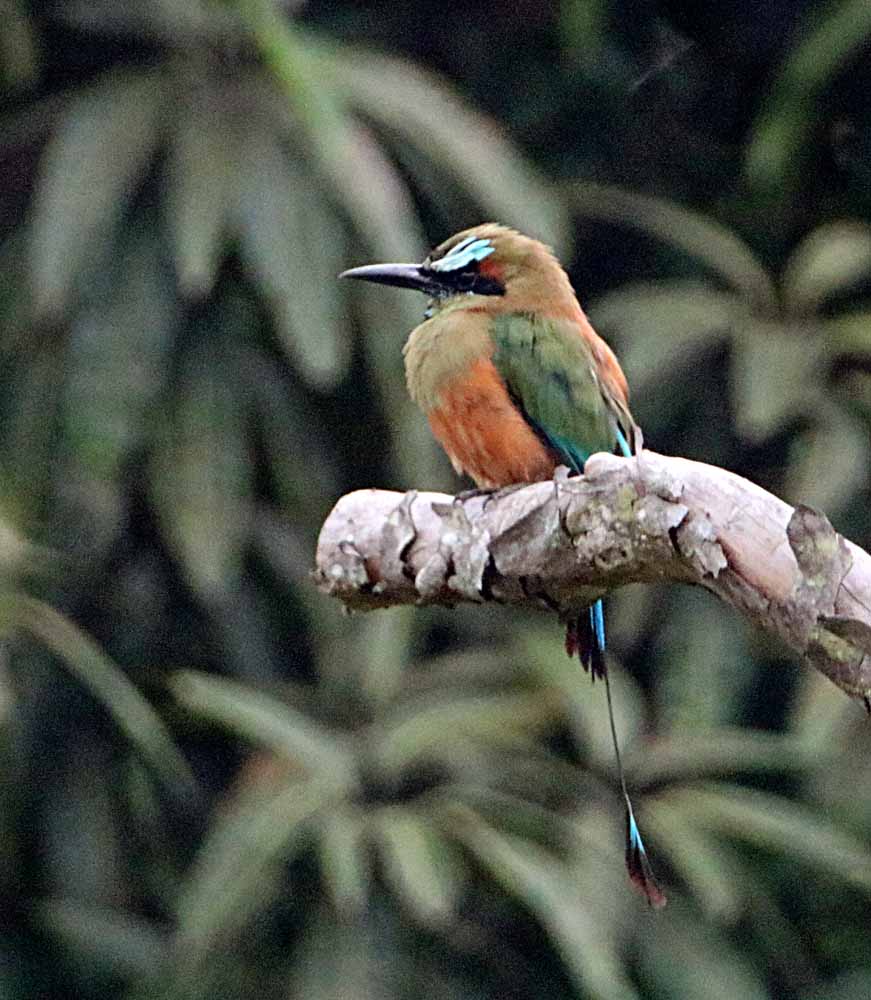
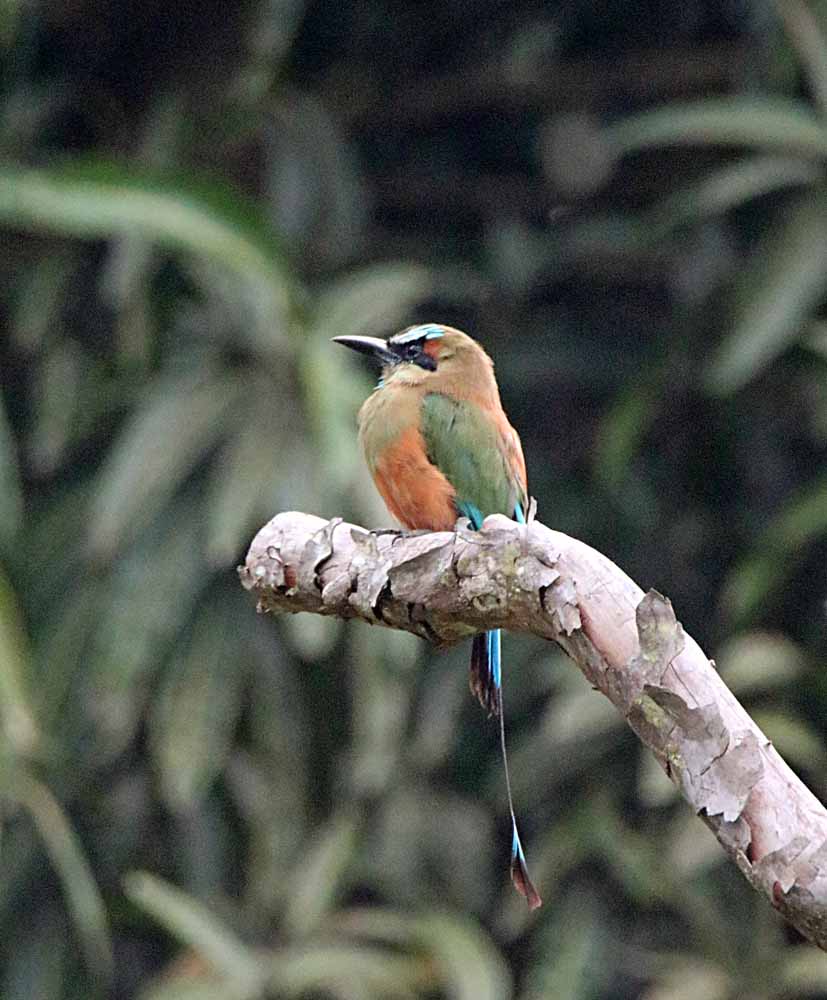
¡Pura Vida!
Doing well, just a little low energy and sleeping 8-10 hours at night. 🙂 But the continued oral antibiotics are working, I’m sure, and soon I will be back to a “normal” old man! 🙂 Catching a few photos in garden now and have a backlog from July, so the blog will continue! 🙂
This little bird feeds in the grasses usually, though I caught him yesterday afternoon in my neighbor’s dead tree. He is the Yellow-faced Grassquit, Tiaris olivaceus (eBird link) which I have seen multiple times in my neighborhood along with a sighting at Curi-Cancha Reserve in Monteverde and at Rio Celeste Lodge near Tenorio NP. My other photos are in my gallery titled: Yellow-faced Grassquit.
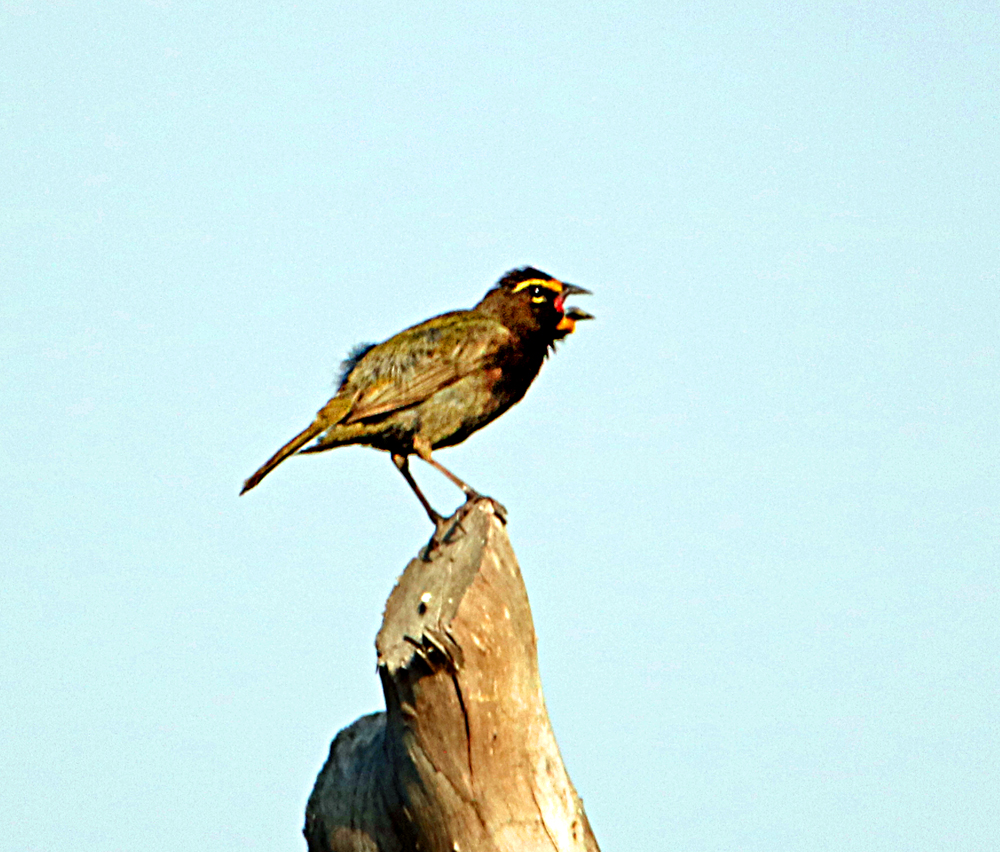
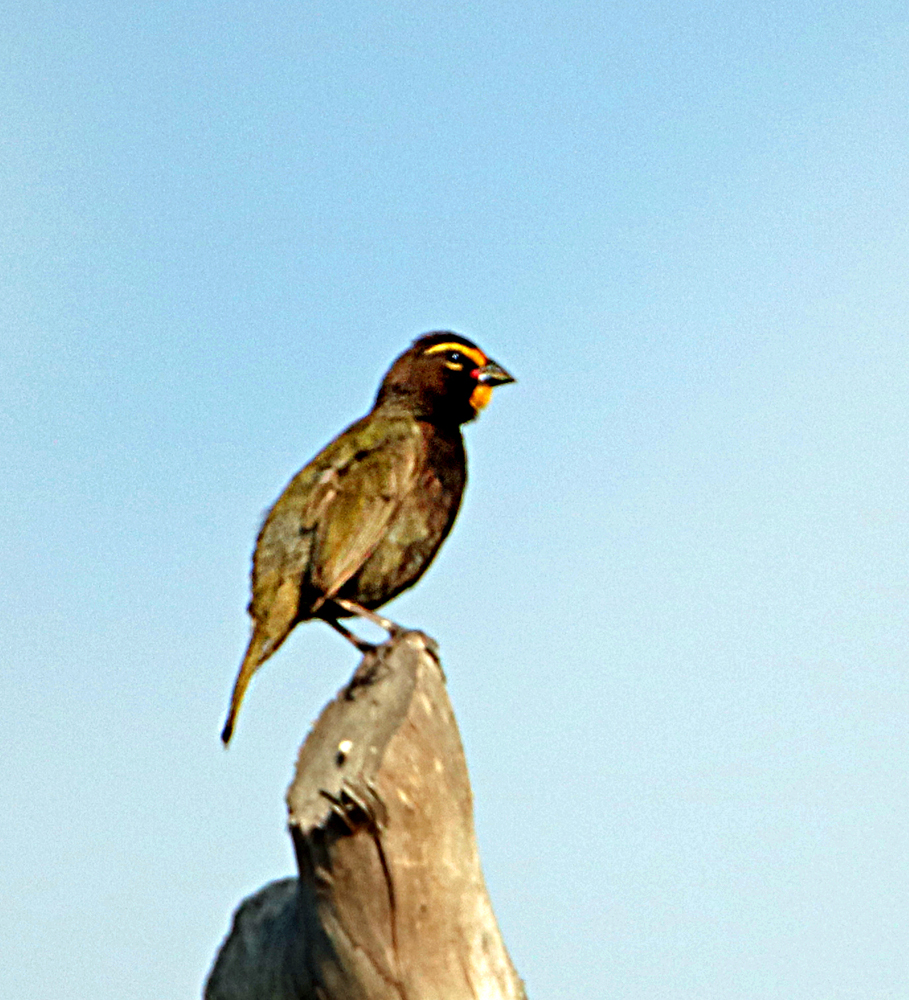
¡Pura Vida!
Continue reading “Yellow-faced Grassquit”One of the tiny “seedeater-type” birds in the cow pasture across from my house, the Blue-black Grassquit, Volatinia jacarina (my gallery link) which is one of the first birds I photographed on my first trip to Costa Rica in 2009. 🙂
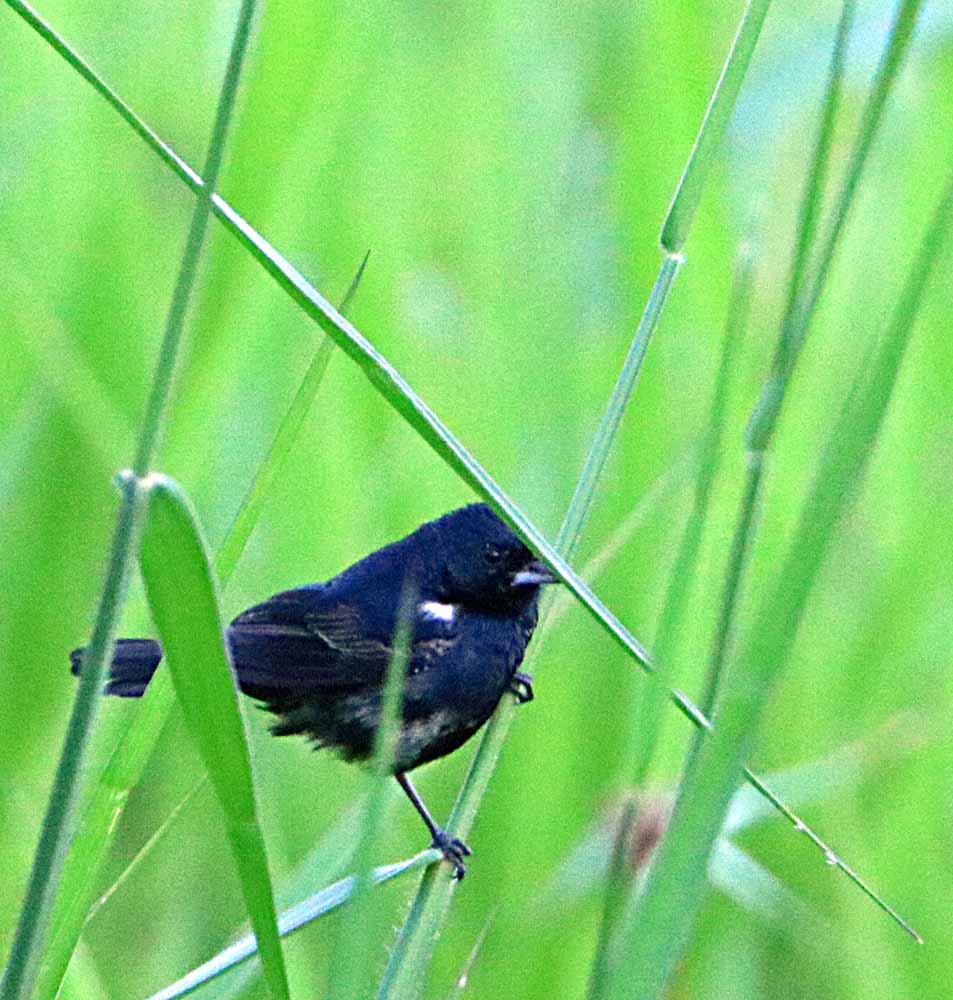
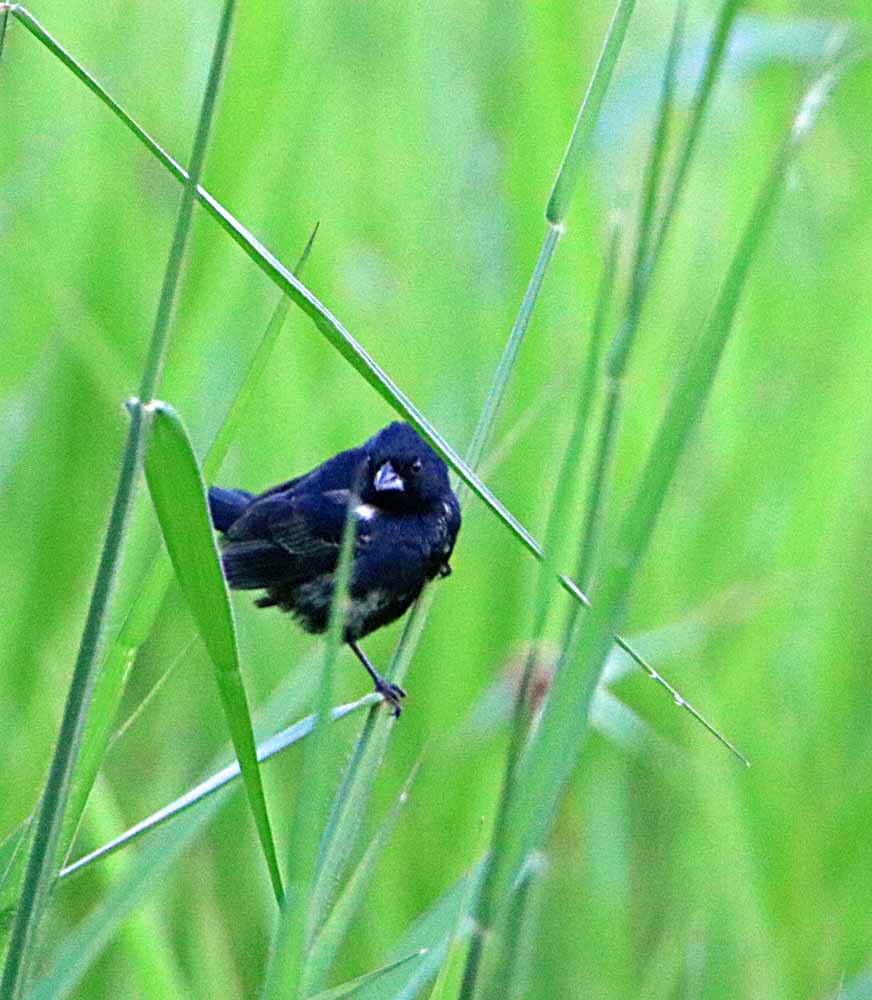
¡Pura Vida!
The most frequent woodpecker in my garden is the Hoffman’s Woodpecker, Melanerpes hoffmannii (my gallery link). Red spot on top of head is the male while both male & female have a golden nape. Below this photo for the email version is a gallery of 5 shots recently in my garden.
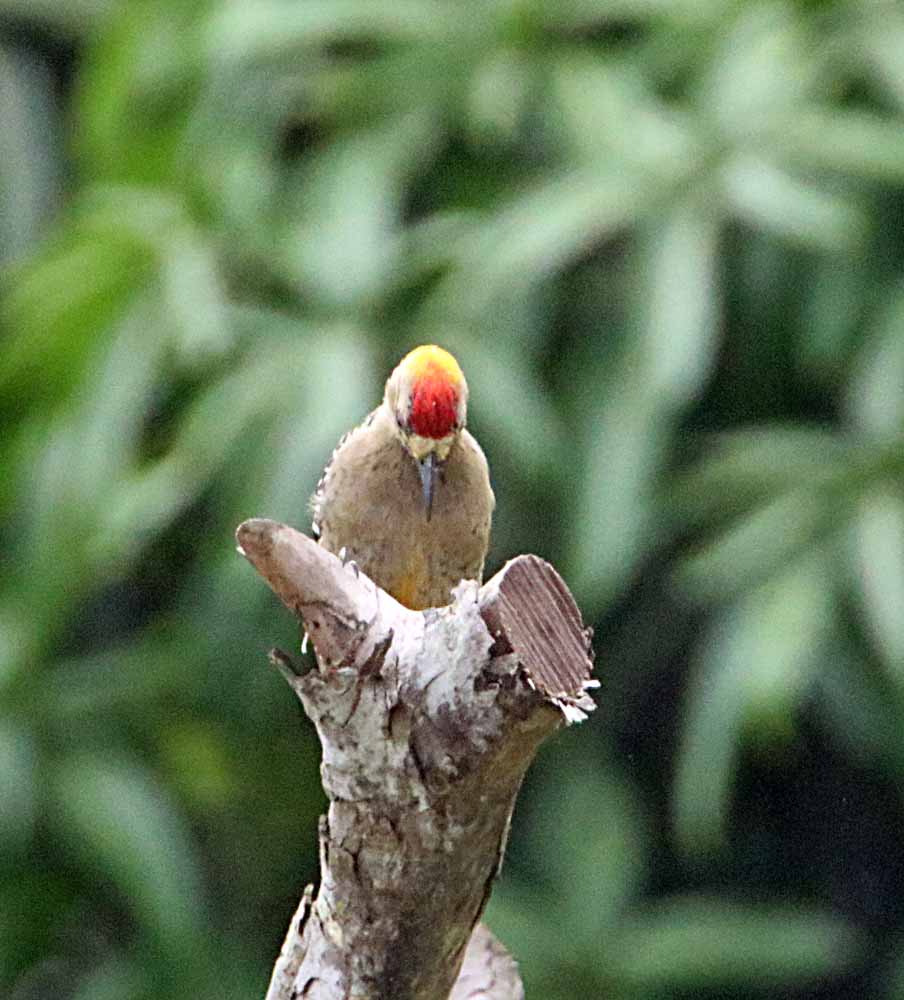
I’m seeing more of these this year, maybe more than the Great Kiskadee, which has always been the dominant flycatcher around my house.
The differences in those two, to help your IDs, is that (1) the Kiskadee is much larger than the Social, which of course would be easier to tell if they were side by side! 🙂 (2) The bill or beak is much larger and longer on the Kiskadee and after seeing a lot of both, that helps with ID and (3) though both have a white ring around their heads with a black center, the Kiskadee also has a bright yellow spot in the center of the black circle which the other flycatchers don’t have. And lastly, (4) though both have a bright yellow belly, this Social’s back is a duller brown while the Kiskadee’s is a brighter red-brown or what birders call “rufous.”
Then this Social Flycatcher can also be confused with the Boat-billed Flycatcher of about the same size (a tad larger maybe), but the big difference there is the larger, boat-shaped bill. But they too have the dull brown back, bright yellow breast and B&W head. Confusing? 🙂
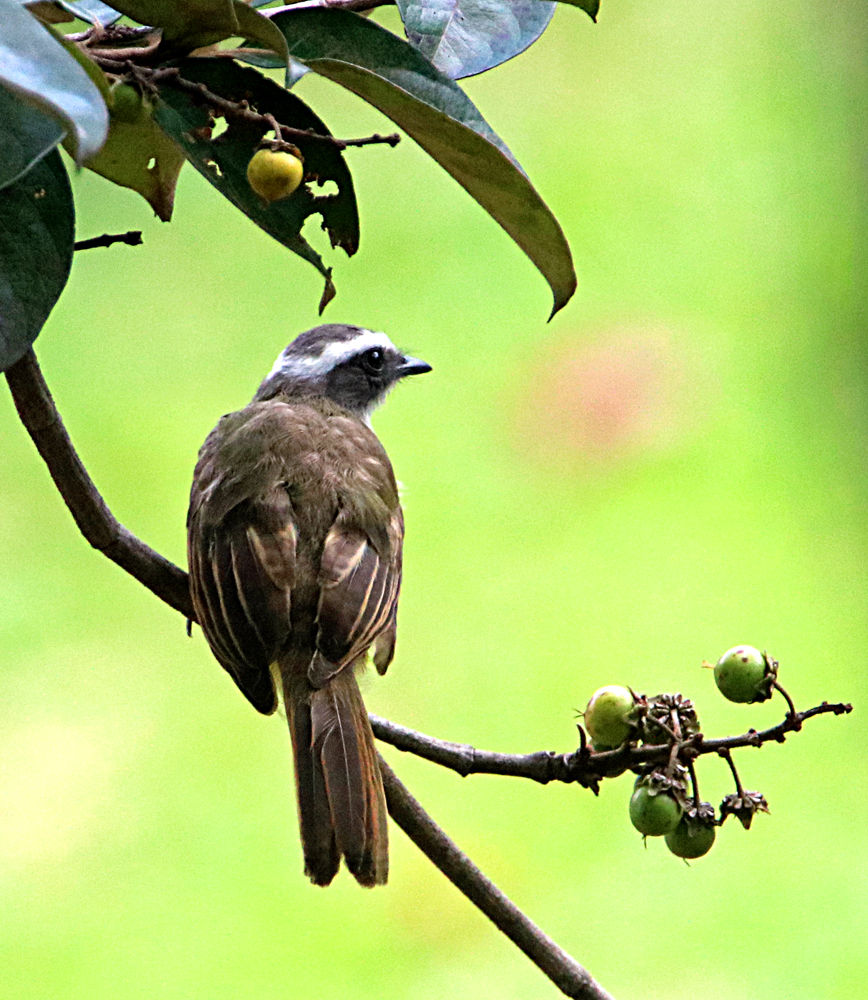
If you would like to compare these three similar flycatcher type birds, you can of course go to eBird or compare my photos of each in my galleries . . .
In my nearly 11 years here I’ve seen the Great Kiskadee the most, all over, with Social Flycatcher the second most seen and the Boat-billed the least seen. But that is not a scientific analysis of the populations! 🙂
¡Pura Vida!